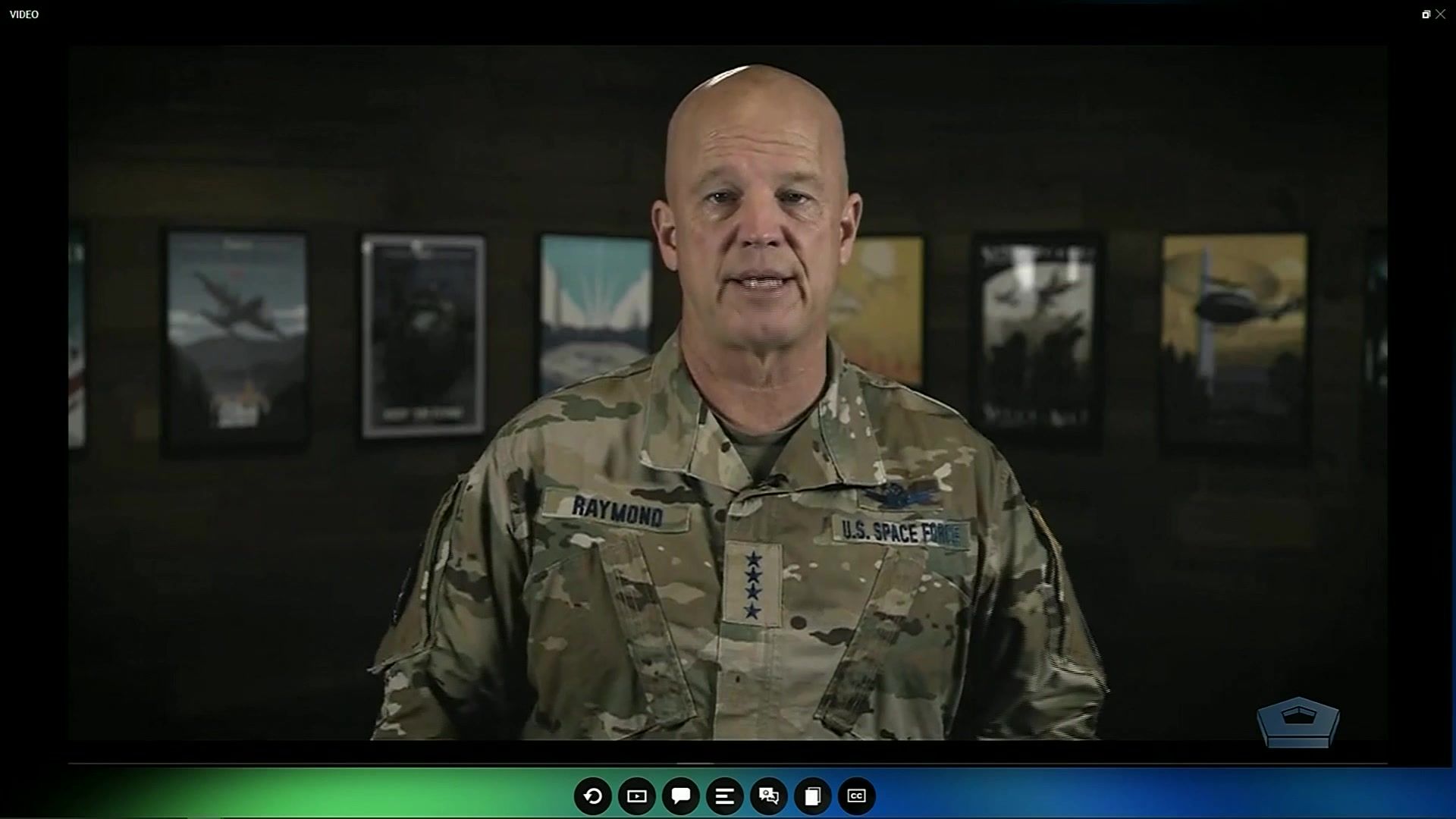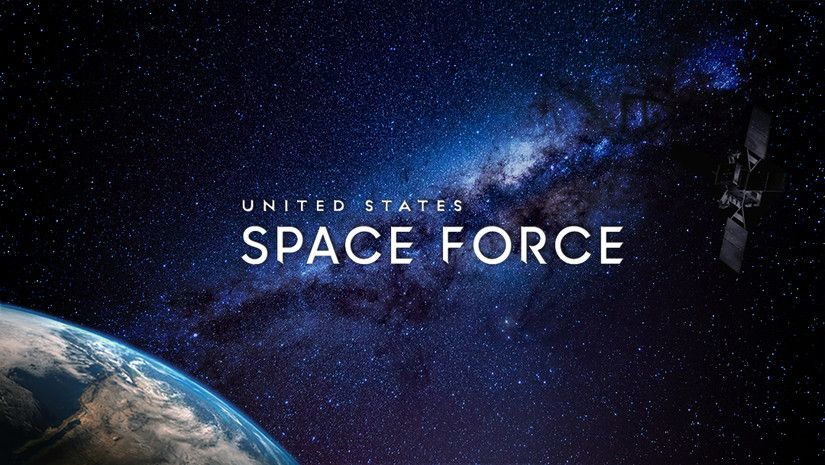Space Force’s Gen. Raymond Charts Service’s Galactic Mission
Article by David Vergun October 22, 2020 (defense.gov)
• “A war that begins or extends into space will be fought over great distances at tremendous speeds, posing significant challenges.” This is among the remarks that Space Force Gen. John W. “Jay” Raymond (pictured above) provided at the virtual Air Force Rapid Sustainment Office Advanced Manufacturing Olympics on October 22nd. Noting the challenges of the ‘Great Power’ competition with Russia and China, Raymond outlined Space Force’s role in the National Defense Strategy. “Today, we’re entering a defining period for this country in space. Our nation is leading an expansive spirit of space exploration and experimentation.”
• Space Force’s area of responsibility extends from 100 kilometers above Earth’s surface to the outer edge of the universe. On-orbit capabilities move at speeds greater than 17,500 miles per hour. Direct ascent and satellite missiles can reach low-Earth orbit in a matter of minutes. Electronic attack and directed-energy weapons move at the speed of light.
• Raymond said his guidance to Space Force’s military professionals is to be bold, innovative; use the outstanding talent the service has; and be lean, agile and fast. “Since establishment, we have slashed bureaucracy, delegated authority and enhanced accountability,” he said. Space Force is working with industry and academia to find the “disruptive innovators and incubators for change.” (‘Disruptive’ means innovations that are new, and not simply upgrades or retooling old technologies.) “Today our space capabilities are, by far, the best in the world,” said Raymond. “But they were built for an uncontested domain.”
• The U.S. needs a more defensible architecture, one that is equipped for offensive operations should deterrence fail. All of this capability has to come at an affordable price. Advanced manufacturing is rapidly transforming the way space capabilities are designed and delivered. Spacecraft fuel tanks, antennas, structures and engines are already being produced via techniques with materials uniquely tailored for space. “These technologies allow us to move rapidly from capability design to prototyping,” said Raymond.
• Raymond points out that America is a spacefaring nation and has long led military, civil and commercial space centers. “Today, we’re entering a defining period for this country in space. Our nation is leading an expansive spirit of space exploration and experimentation. And we are strongest when space is secure, stable and accessible to enterprising Americans for scientific, economic and security interests.”
The chief of space operations and commander of U.S. Space Command discussed challenges the U.S. is facing in space and the Space Force’s efforts to address them.
Space Force Gen. John W. “Jay” Raymond, provided remarks from the Pentagon today at the virtual Air Force Rapid Sustainment Office Advanced Manufacturing Olympics today.
“A war that begins or extends into space will be fought over great distances at tremendous speeds, posing significant challenges,” said Raymond, noting Great Power competition with Russia and China, outlined in the National Defense Strategy, which could pose future challenges.
Spacecom’s area of responsibility extends from 100 kilometers above Earth’s surface to the outer edge of the universe, he noted.
Today, we’re entering a defining period for this country in space. Our nation is leading an expansive spirit of space exploration and experimentation.”
Space Force Gen. John W. “Jay” Raymond, commander, U.S. Space Command
On-orbit capabilities move at speeds greater than 17,500 miles per hour. Direct ascent and satellite missiles can reach low-Earth orbit in a matter of minutes, Raymond said. Electronic attack and directed-energy weapons move at the speed of light.
In response, Raymond provided a galactic roadmap to what his service is doing. He said his guidance to Space Force’s space professionals at all levels is to be bold, innovative; use the outstanding talent the service has; and be lean, agile and fast.
“Since establishment, we have slashed bureaucracy, delegated authority and enhanced accountability,” he said.
FAIR USE NOTICE: This page contains copyrighted material the use of which has not been specifically authorized by the copyright owner. ExoNews.org distributes this material for the purpose of news reporting, educational research, comment and criticism, constituting Fair Use under 17 U.S.C § 107. Please contact the Editor at ExoNews with any copyright issue.



